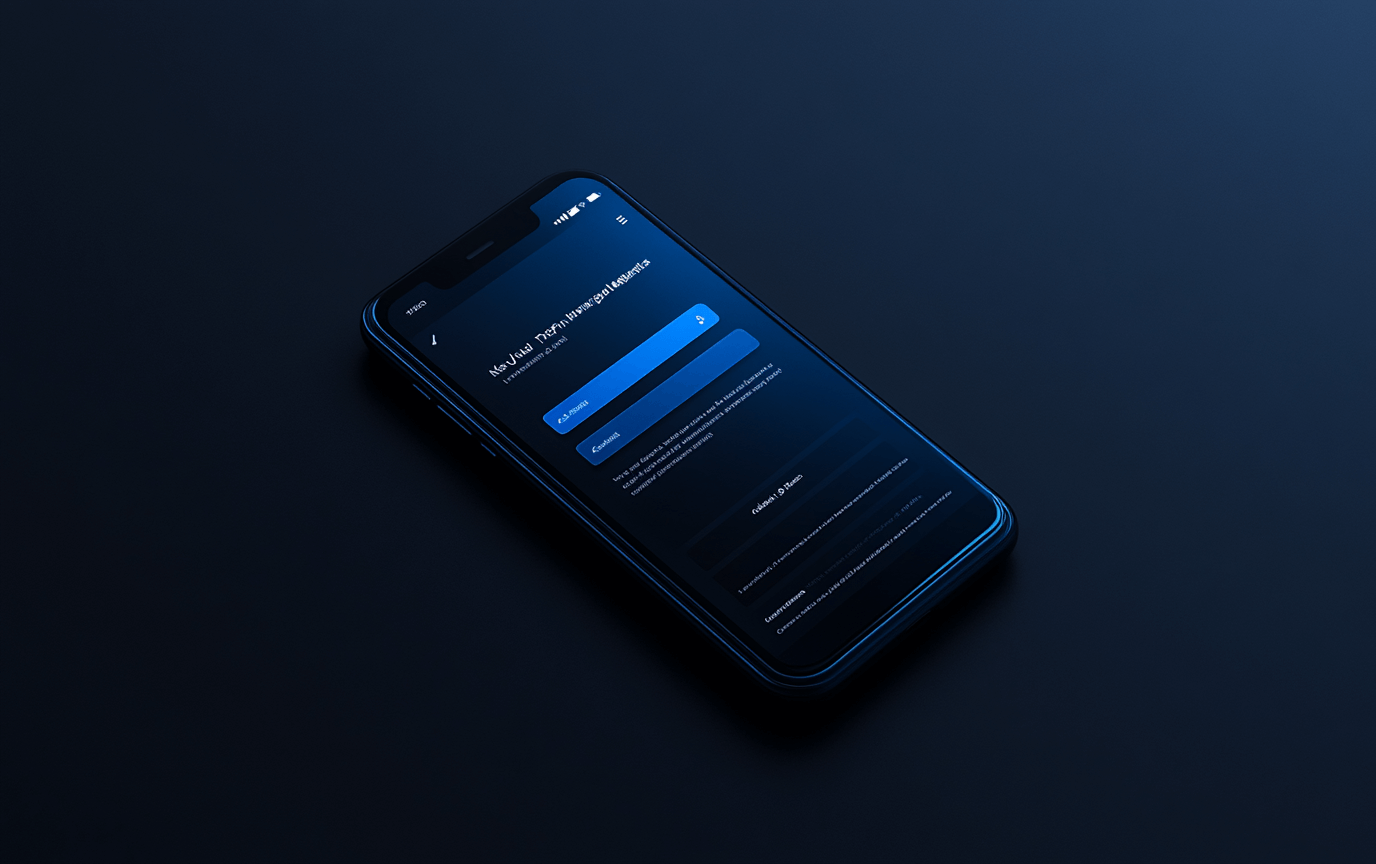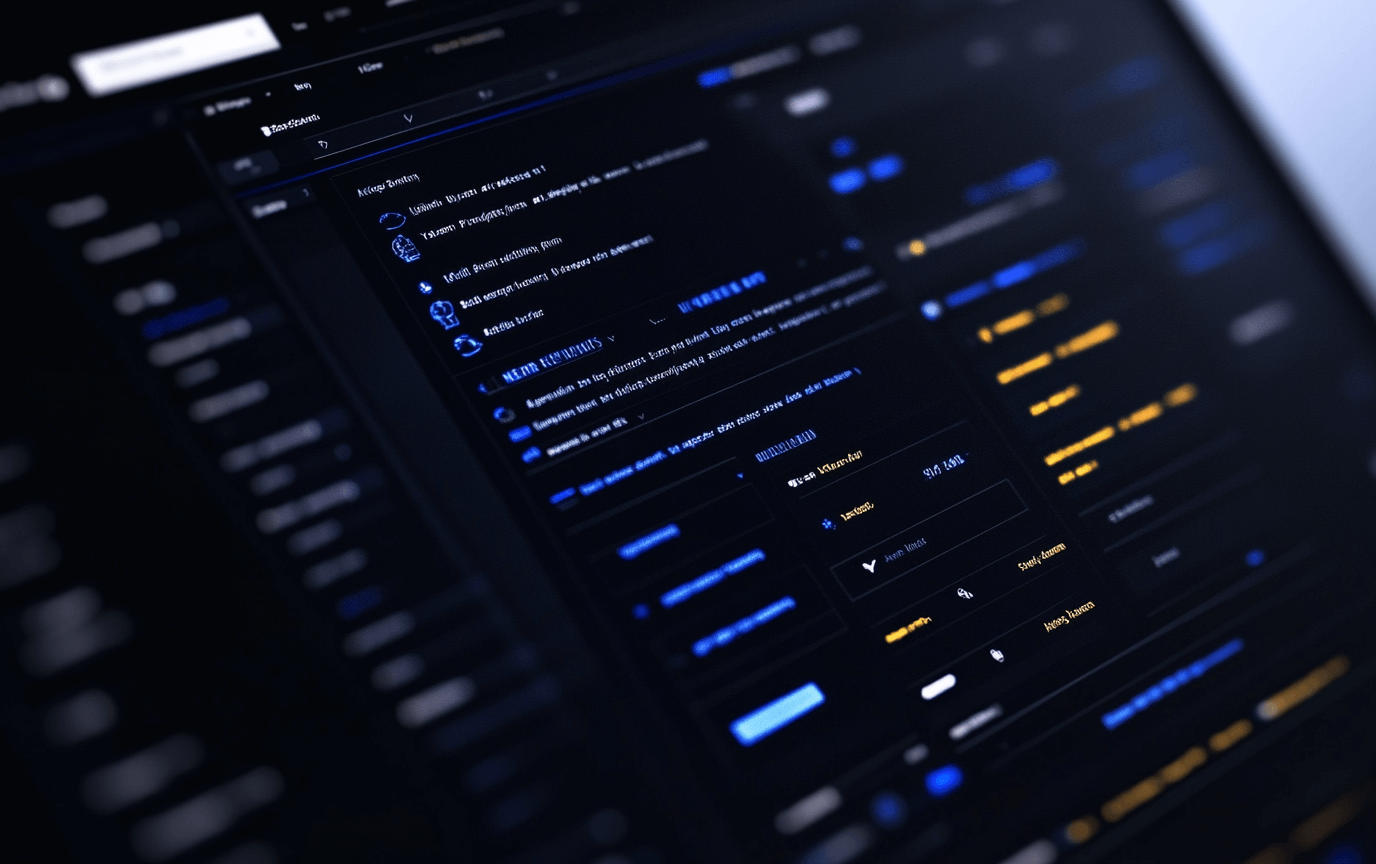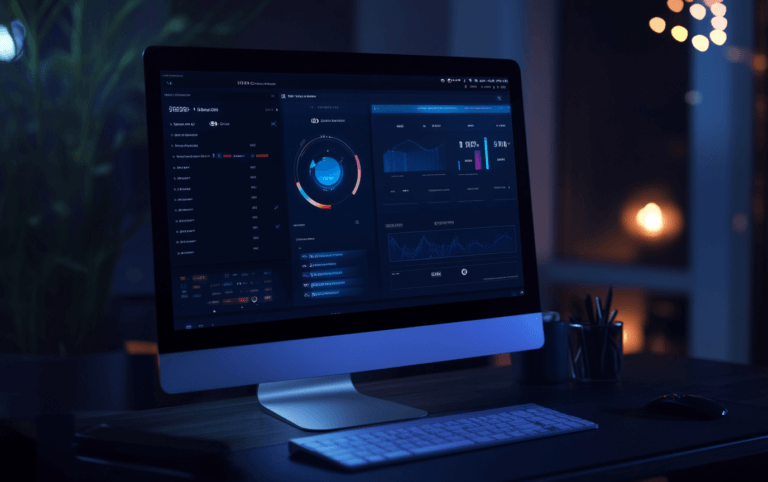The Importance of Mobile-First Indexing and Optimizing for Core Web Vitals (CWV)
In today’s digital landscape, optimizing websites for mobile performance isn’t just recommended—it’s essential. Google’s mobile-first indexing has made it clear: websites that offer fast, seamless mobile experiences will rank higher, while those that lag behind may see a drop in visibility. As mobile traffic continues to dominate, ensuring your website is optimized for mobile-first indexing and meets Core Web Vitals (CWV) standards can make or break your online success.
In this post, we’ll dive into why mobile-first optimization is the new standard, focusing on key Core Web Vitals metrics like Largest Contentful Paint (LCP) and Cumulative Layout Shift (CLS). We’ll also explore how businesses can boost their mobile performance and subtly introduce a WordPress theme built for mobile optimization—Swift Focus—that ensures your site stays competitive in this mobile-first era.
What is Mobile-First Indexing?
Mobile-first indexing means that Google primarily uses the mobile version of your site for ranking and indexing. Previously, the desktop version was the default for these purposes, but as mobile usage surged, Google adapted. Today, if your mobile site doesn’t offer a smooth user experience, it could significantly impact your rankings, no matter how good your desktop version is.
Why is this shift important?
- Mobile traffic dominates: More than half of global web traffic comes from mobile devices. If your site isn’t optimized for mobile, you’re missing out on a huge audience.
- User experience is king: Google prioritizes websites that provide a seamless experience for mobile users, from fast loading times to intuitive navigation.
- Competitive advantage: Mobile-first websites are more likely to rank higher, capture leads, and convert users compared to competitors with sluggish or poorly optimized mobile versions.
Understanding Core Web Vitals: The Key Metrics
Core Web Vitals are a set of performance metrics Google uses to assess the quality of a user’s experience on your site. While there are three primary metrics—Largest Contentful Paint (LCP), First Input Delay (FID), and Cumulative Layout Shift (CLS)—we’ll focus on LCP and CLS, as these are crucial for mobile optimization.
Largest Contentful Paint (LCP)
LCP measures how long it takes for the largest element on a page to load. On mobile, where users are often on slower connections, ensuring fast LCP times is vital. An ideal LCP is 2.5 seconds or faster, as anything longer can cause visitors to abandon the page.
Tips to improve LCP:
- Optimize images: Compress images and use next-gen formats like WebP for faster loading.
- Minimize CSS/JavaScript: Reduce render-blocking resources that delay the loading of key page elements.
- Use a fast, lightweight theme: Themes like Swift Focus are designed with performance in mind, ensuring that mobile sites load swiftly by minimizing bloat and prioritizing key content elements.
Cumulative Layout Shift (CLS)
CLS measures the visual stability of a page by tracking unexpected layout shifts that happen during page load. A high CLS score can frustrate mobile users, especially if buttons or text move unexpectedly while they’re interacting with the page. Google recommends a CLS score of less than 0.1 to ensure a stable, user-friendly experience.
Tips to reduce CLS:
- Set size attributes for images and videos: Always define the width and height to prevent unexpected shifts.
- Avoid inserting content above the fold after loading: Ensure that ads, images, and embeds load asynchronously or have reserved space to maintain layout stability.
- Use a stable WordPress theme: Swift Focus ensures minimal layout shifts by implementing clean, efficient code and predefined layout structures that enhance visual stability on mobile devices.
Optimizing for Mobile Performance: Best Practices
Now that we understand why mobile-first indexing and Core Web Vitals are essential, let’s explore how businesses can optimize their mobile websites for maximum performance.
1. Adopt a Mobile-First WordPress Theme
Choosing a theme built for mobile-first performance is crucial. Swift Focus, for example, offers a sleek, minimalist design that prioritizes speed and user experience on mobile devices. Its lightweight codebase ensures your site loads fast, while the clean layout minimizes the risk of high CLS scores. With Swift Focus, you can meet both Google’s mobile-first indexing requirements and Core Web Vitals benchmarks without sacrificing aesthetics or functionality.
2. Optimize for Core Web Vitals
- Use lazy loading: Load images and videos only when they are visible on the screen to improve LCP.
- Prioritize above-the-fold content: Ensure critical content is loaded first to enhance perceived performance.
- Enable caching: Use browser caching to reduce the time it takes to load repeat visits, enhancing the user experience.
3. Leverage SEO Plugins for Technical Optimization
While Swift Focus handles the mobile performance and user experience, you’ll also need to ensure your technical SEO is up to par. Swift SEO, a powerful WordPress plugin, complements Swift Focus by managing critical SEO functions such as structured data, meta tags, and even IndexNow functionality for fast indexing. This dual approach—Swift Focus for performance and Swift SEO for optimization—ensures your mobile site ranks highly in search results while providing a fast, engaging user experience.
Final Thoughts
Mobile-first indexing is no longer a choice—it’s the standard. By optimizing for Core Web Vitals, particularly LCP and CLS, businesses can ensure their mobile sites offer fast, seamless experiences that meet Google’s stringent performance standards. Choosing the right tools, like Swift Focus and Swift SEO, allows you to effortlessly achieve these benchmarks while focusing on what matters most—engaging your audience.
Embrace mobile-first optimization today, and give your site the competitive edge it needs to thrive in the ever-evolving digital world.







